Hassan Hawilo
A Machine Learning-Based Migration Strategy for Virtual Network Function Instances
Jun 15, 2020



Abstract:With the growing demand for data connectivity, network service providers are faced with the task of reducing their capital and operational expenses while simultaneously improving network performance and addressing the increased demand. Although Network Function Virtualization (NFV) has been identified as a promising solution, several challenges must be addressed to ensure its feasibility. In this paper, we address the Virtual Network Function (VNF) migration problem by developing the VNF Neural Network for Instance Migration (VNNIM), a migration strategy for VNF instances. The performance of VNNIM is further improved through the optimization of the learning rate hyperparameter through particle swarm optimization. Results show that the VNNIM is very effective in predicting the post-migration server exhibiting a binary accuracy of 99.07% and a delay difference distribution that is centered around a mean of zero when compared to the optimization model. The greatest advantage of VNNIM, however, is its run-time efficiency highlighted through a run-time analysis.
Depth-Optimized Delay-Aware Tree for Virtual Network Function Placement
Jun 02, 2020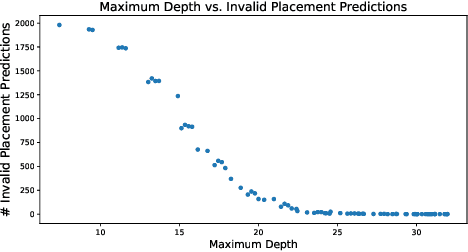
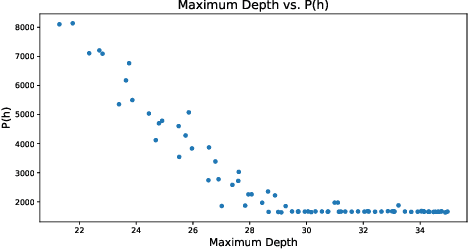
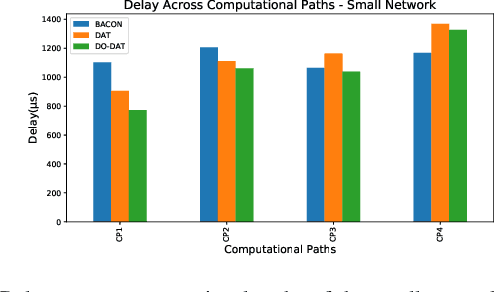
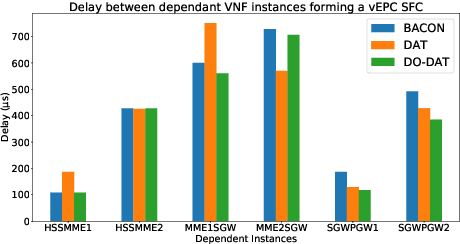
Abstract:With the constant increase in demand for data connectivity, network service providers are faced with the task of reducing their capital and operational expenses while ensuring continual improvements to network performance. Although Network Function Virtualization (NFV) has been identified as a solution, several challenges must be addressed to ensure its feasibility. In this paper, we present a machine learning-based solution to the Virtual Network Function (VNF) placement problem. This paper proposes the Depth-Optimized Delay-Aware Tree (DO-DAT) model by using the particle swarm optimization technique to optimize decision tree hyper-parameters. Using the Evolved Packet Core (EPC) as a use case, we evaluate the performance of the model and compare it to a previously proposed model and a heuristic placement strategy.
Machine Learning for Performance-Aware Virtual Network Function Placement
Jan 13, 2020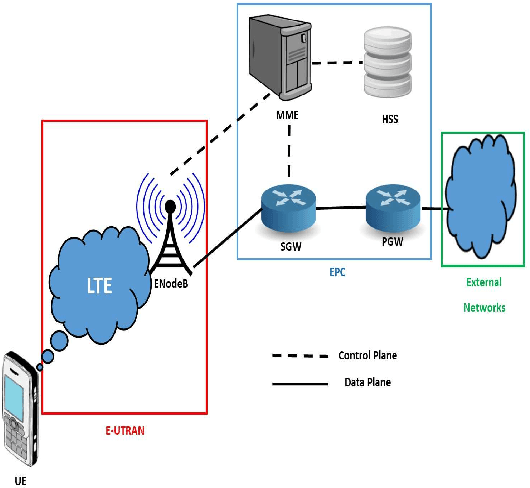
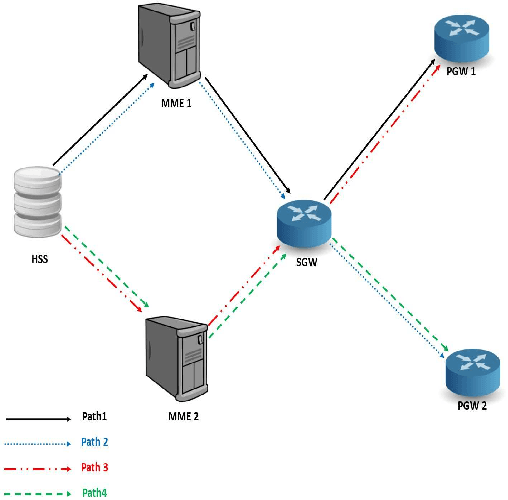
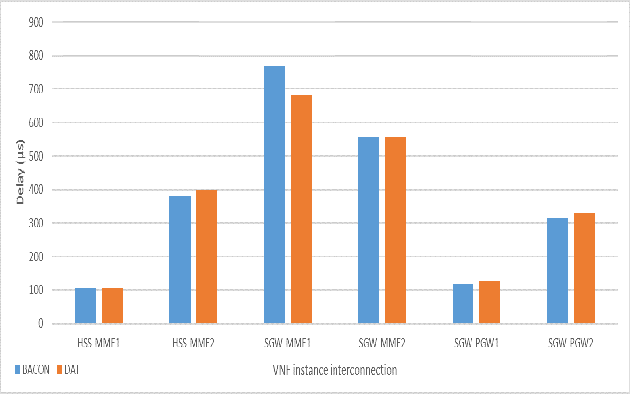
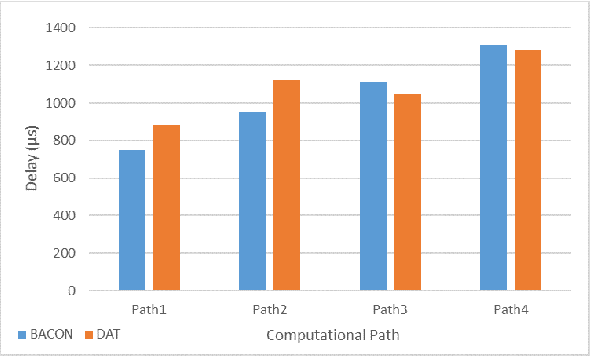
Abstract:With the growing demand for data connectivity, network service providers are faced with the task of reducing their capital and operational expenses while simultaneously improving network performance and addressing the increased connectivity demand. Although Network Function Virtualization (NFV) has been identified as a solution, several challenges must be addressed to ensure its feasibility. In this paper, we address the Virtual Network Function (VNF) placement problem by developing a machine learning decision tree model that learns from the effective placement of the various VNF instances forming a Service Function Chain (SFC). The model takes several performance-related features from the network as an input and selects the placement of the various VNF instances on network servers with the objective of minimizing the delay between dependent VNF instances. The benefits of using machine learning are realized by moving away from a complex mathematical modelling of the system and towards a data-based understanding of the system. Using the Evolved Packet Core (EPC) as a use case, we evaluate our model on different data center networks and compare it to the BACON algorithm in terms of the delay between interconnected components and the total delay across the SFC. Furthermore, a time complexity analysis is performed to show the effectiveness of the model in NFV applications.
 Add to Chrome
Add to Chrome Add to Firefox
Add to Firefox Add to Edge
Add to Edge